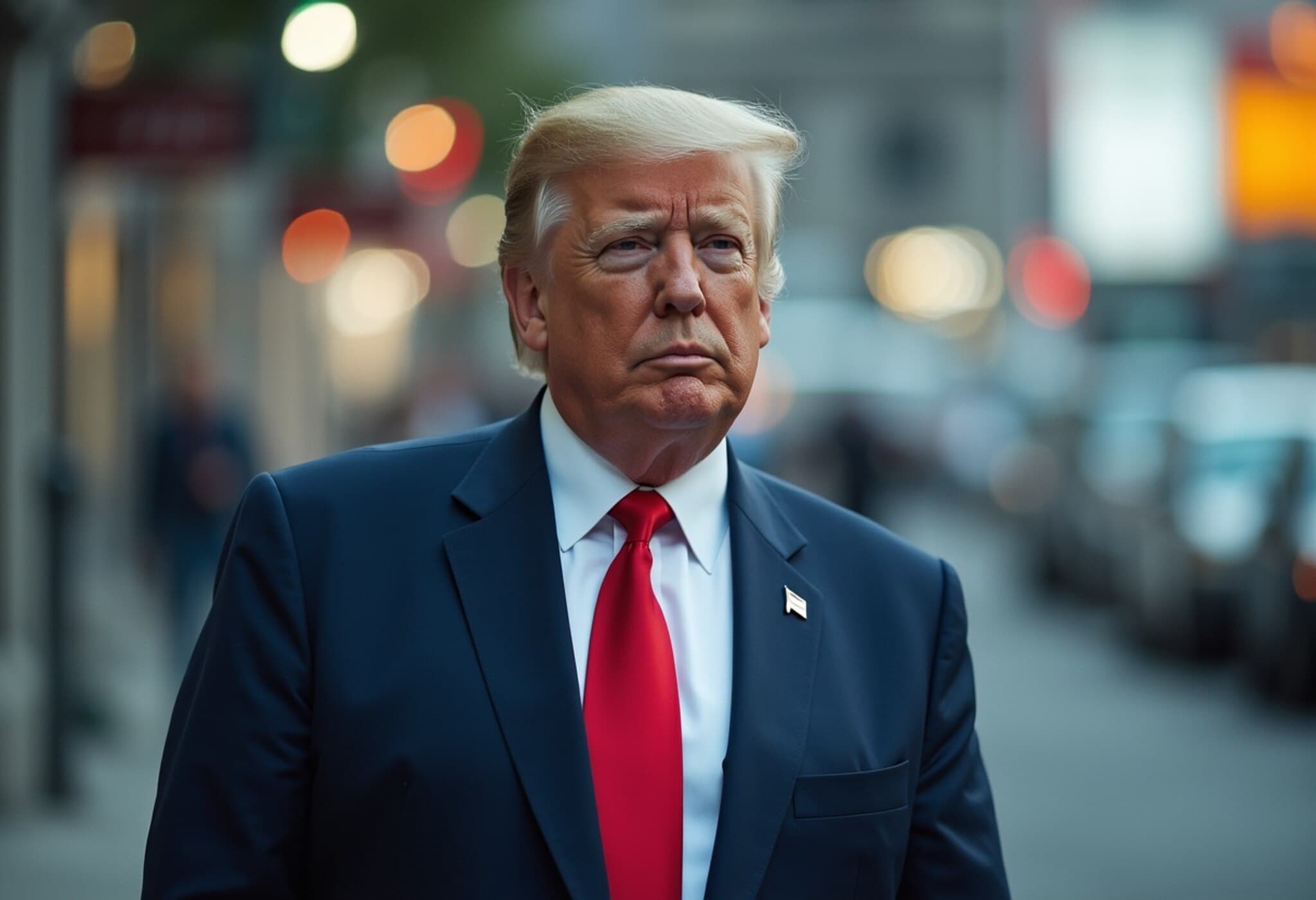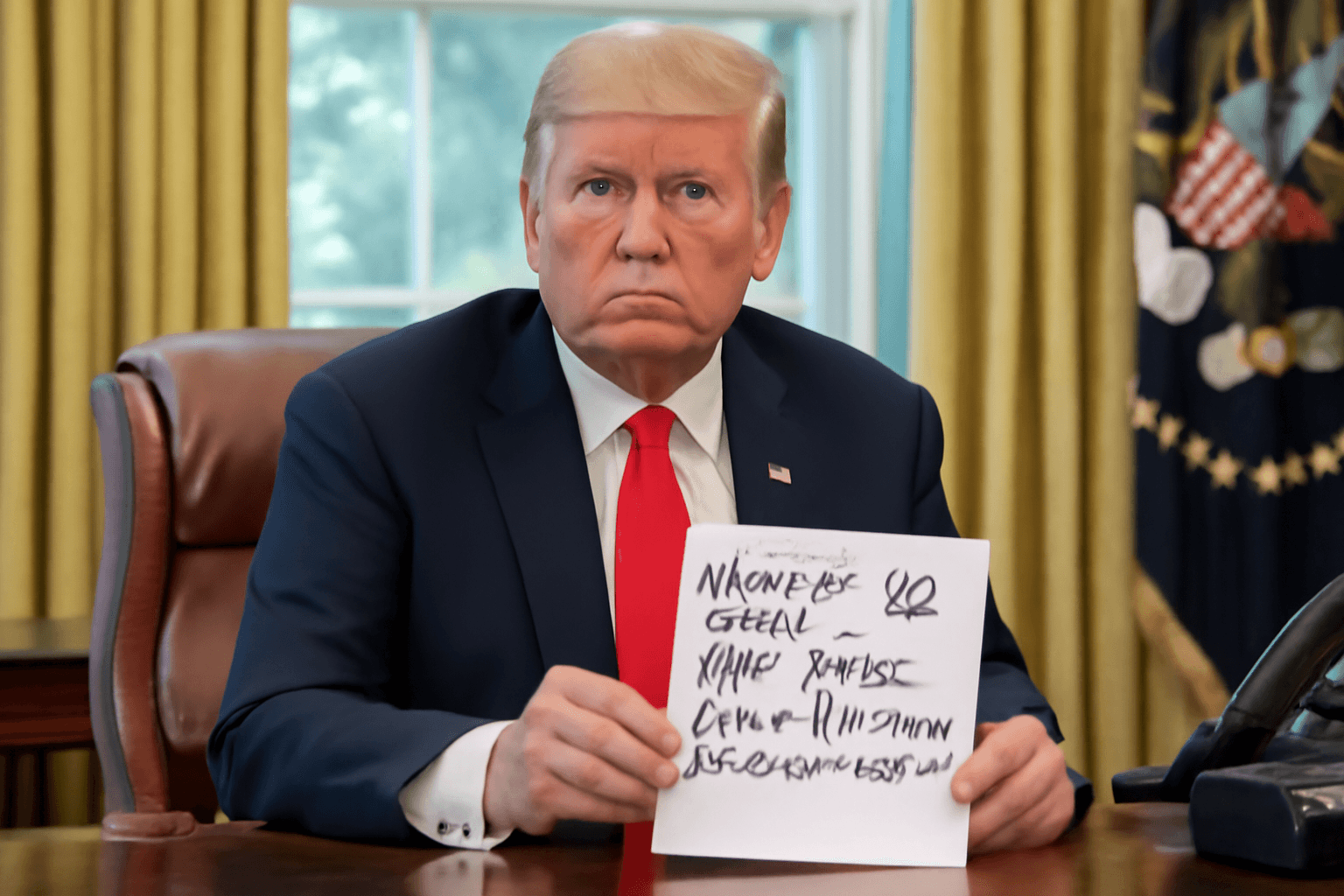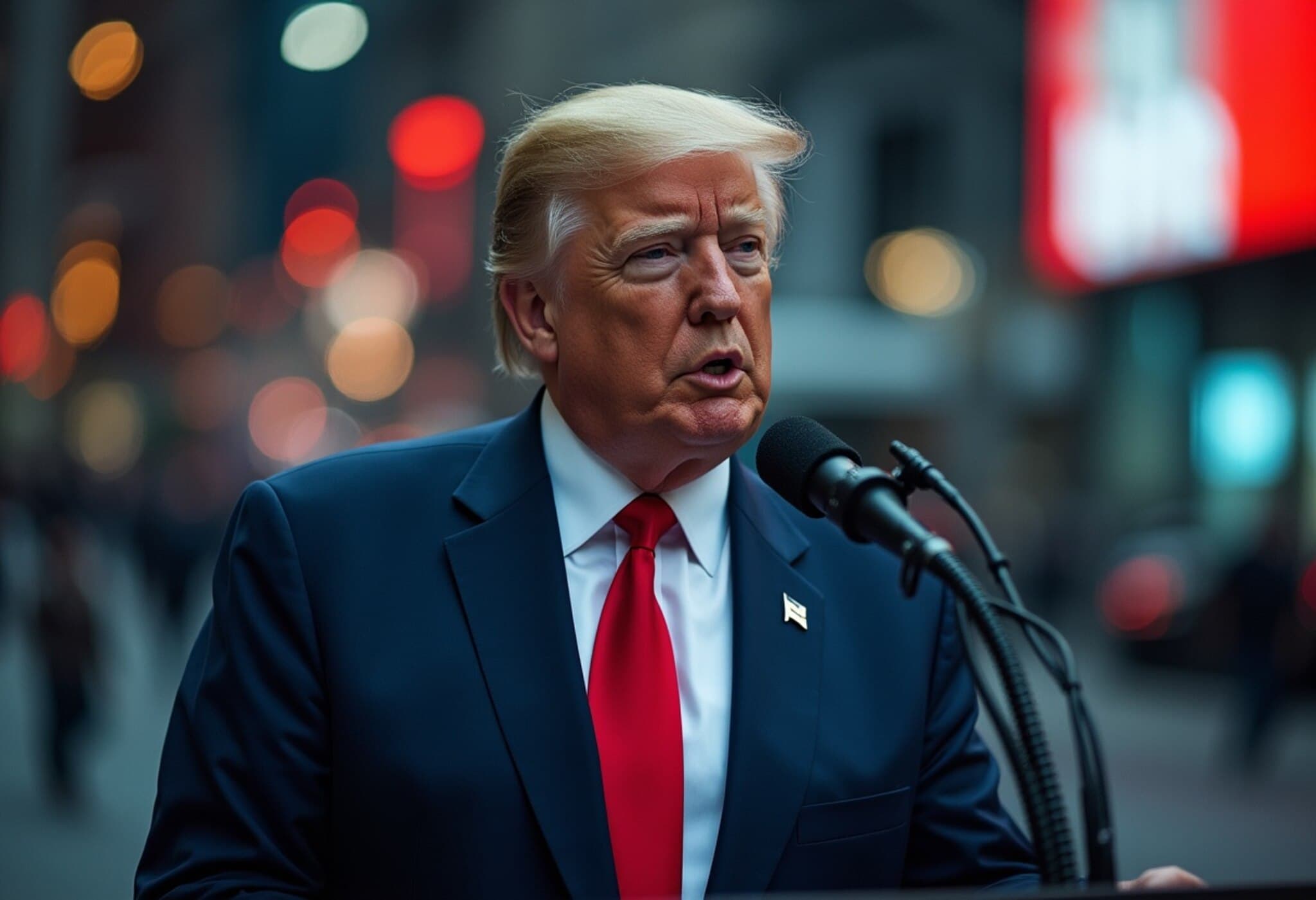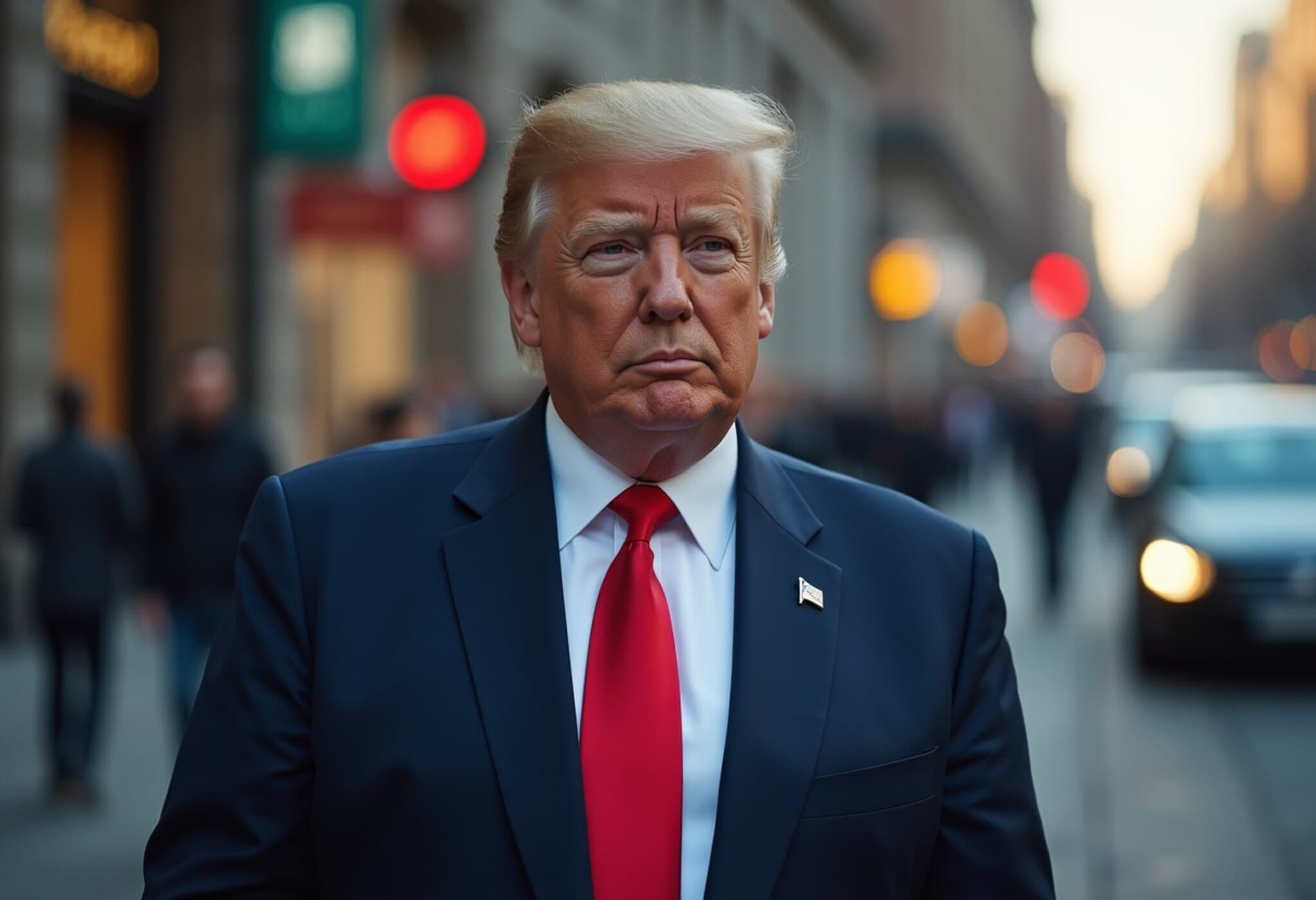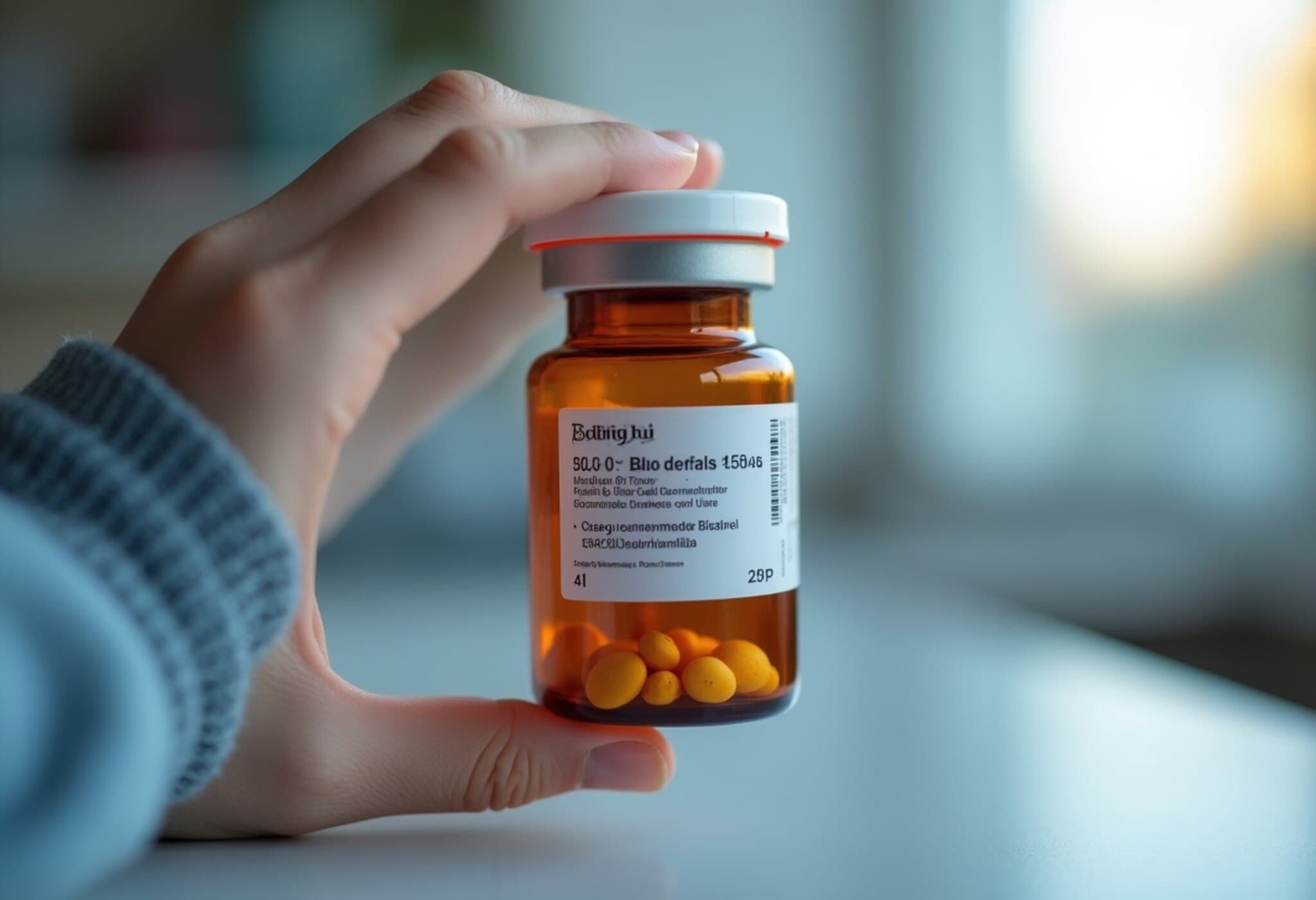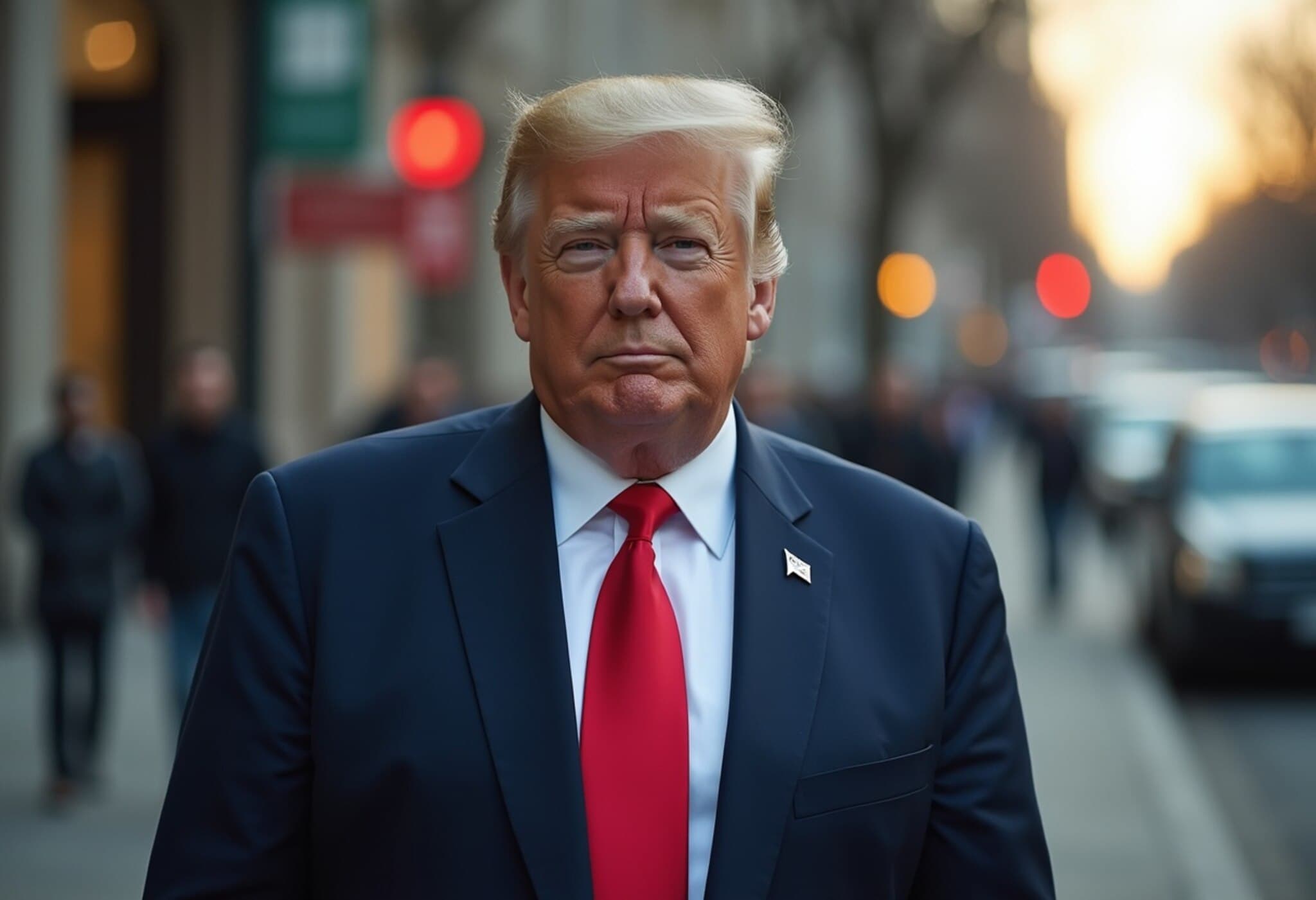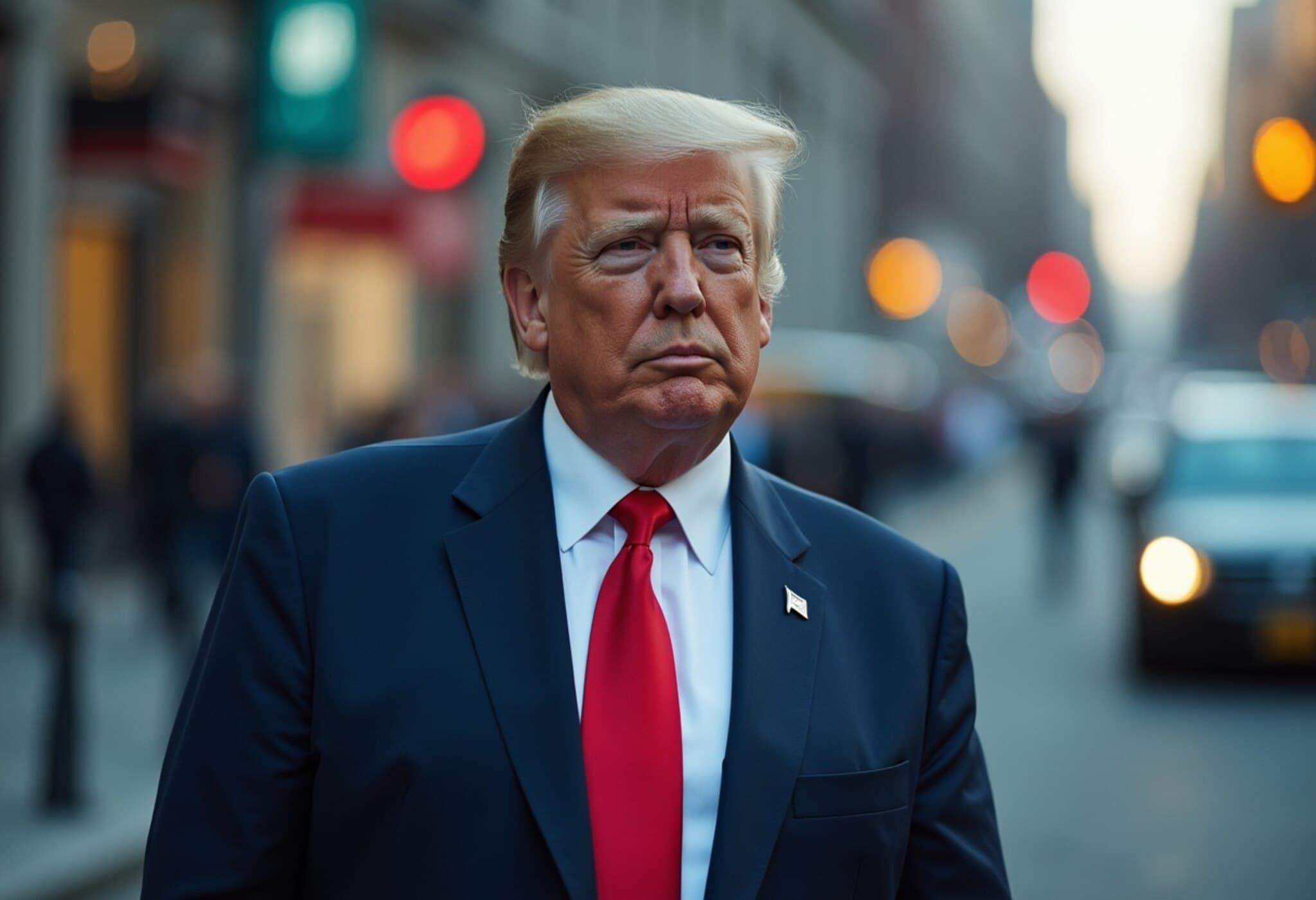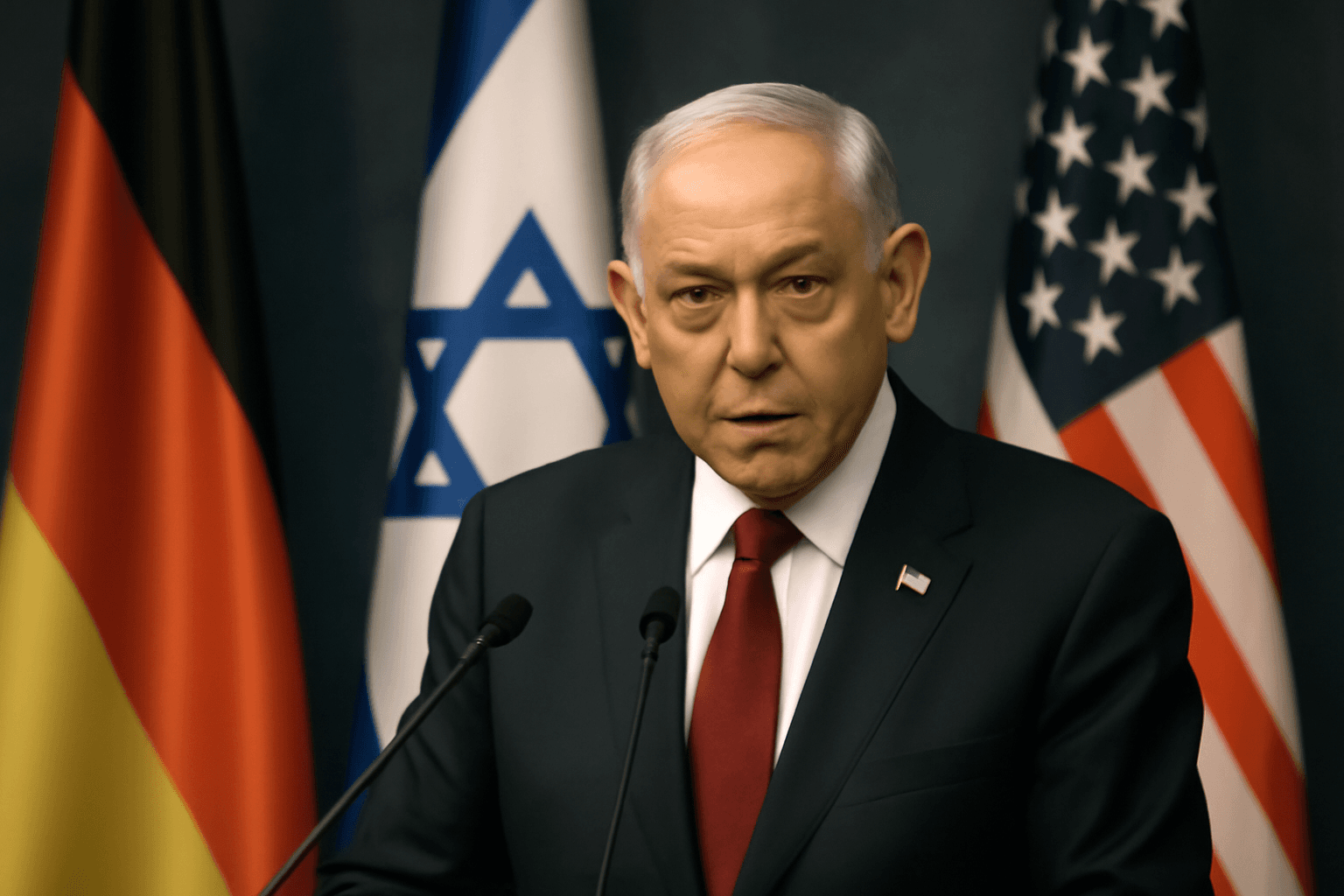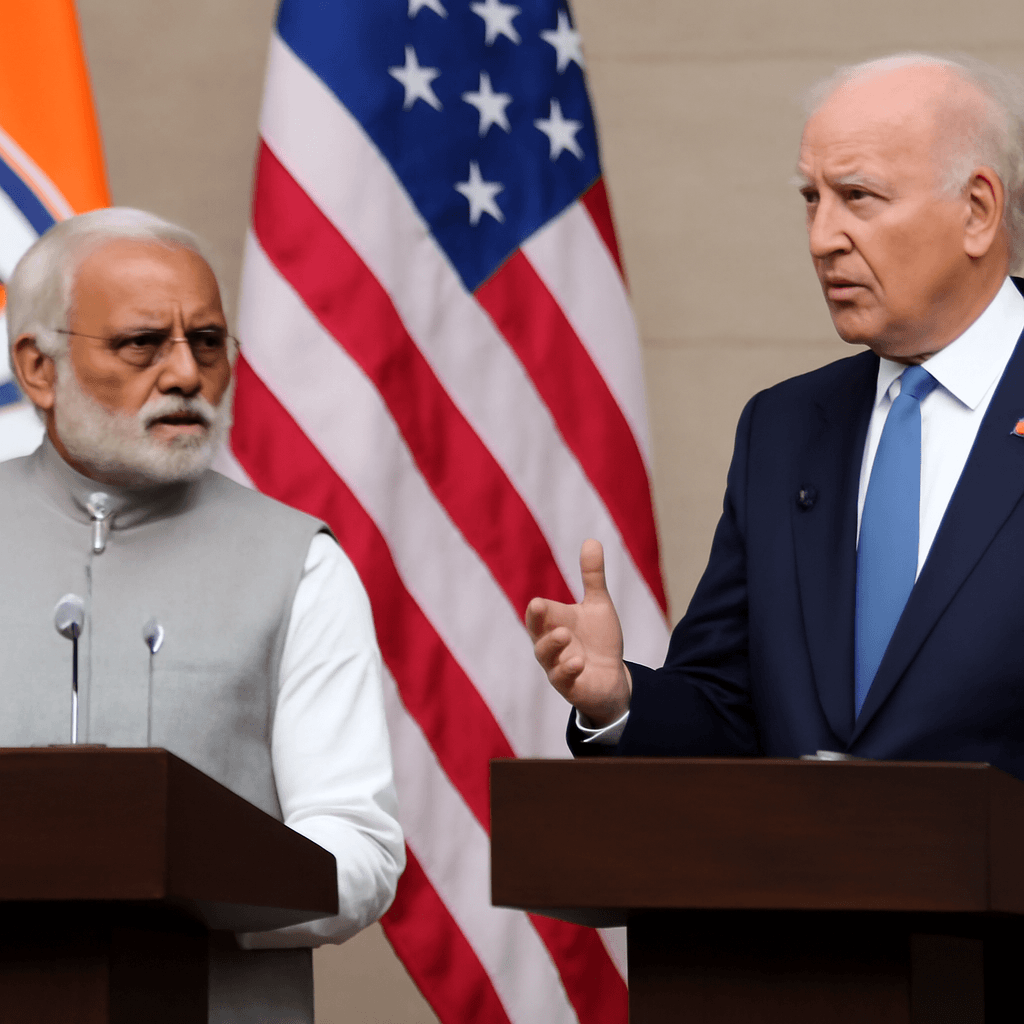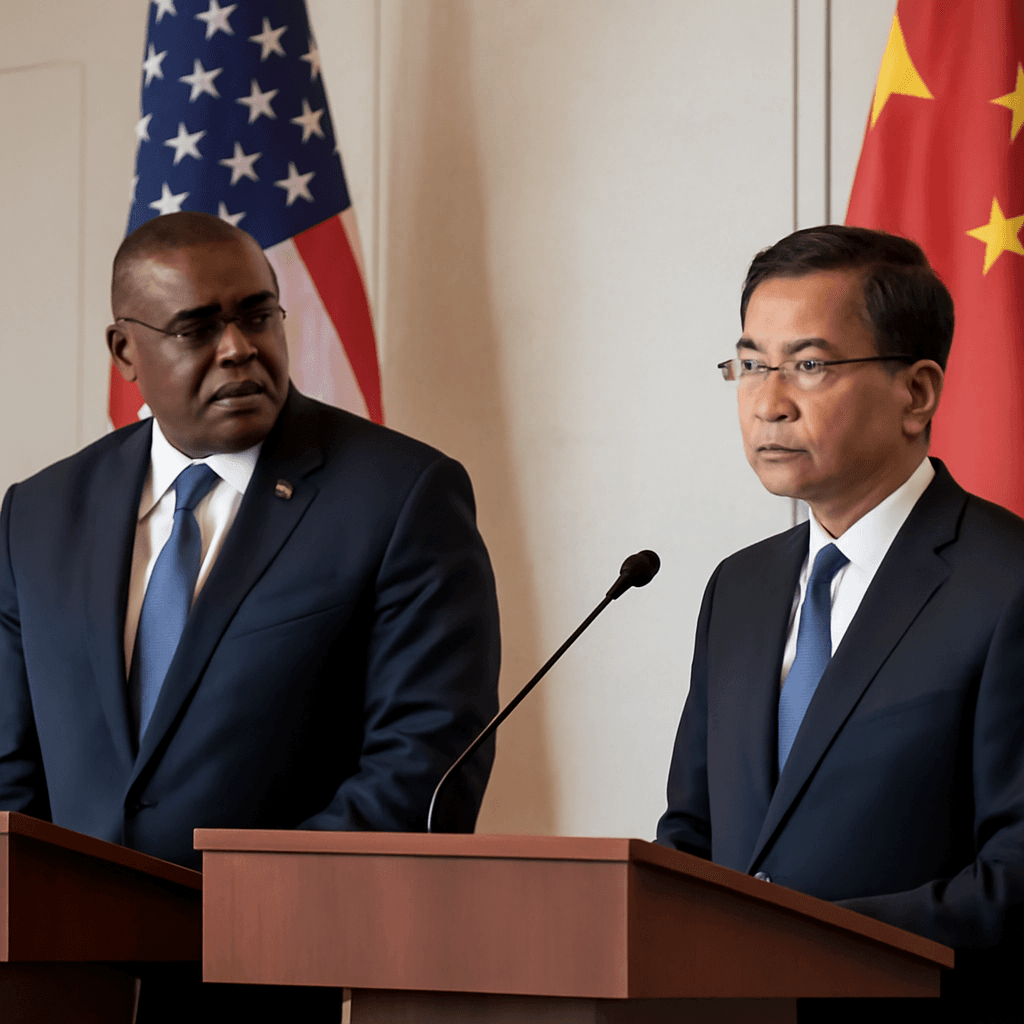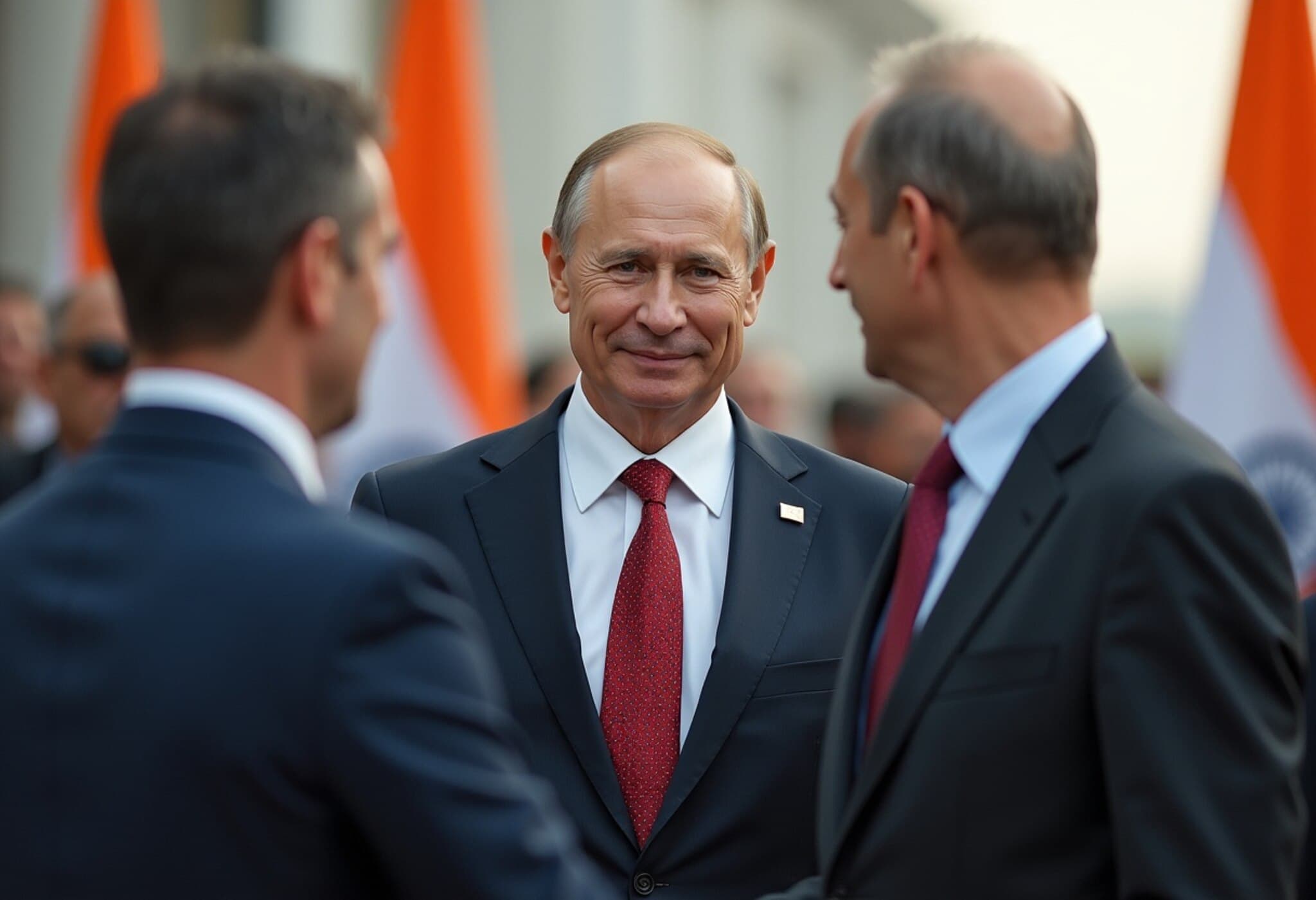Trump Sets Sights on Steep Pharmaceutical Tariffs Amid U.S. Manufacturing Concerns
In a bold move that could reshape the pharmaceutical landscape, President Donald Trump announced on Tuesday during an interview with CNBC's "Squawk Box" that tariffs on imported drugs could ultimately soar as high as 250% — the most aggressive tariff rate he has proposed yet. This escalation comes amid ongoing efforts by the administration to revive domestic drug production and address longstanding trade and pricing challenges within the pharmaceutical sector.
From Small Hurdles to a 250% Wall: The Tariff Trajectory
Trump outlined a phased approach to imposing tariffs, beginning with a "small tariff" initially and escalating over the next 12 to 18 months. By that time frame, he said, tariffs could reach 150%, with a potential maximum of 250% on certain pharmaceutical imports. These figures signal a hardening stance from previous, less definitive threats and reflect the administration's broader strategy to bring drug manufacturing back to American soil.
Legal Foundation: Section 232 and National Security
These tariff proposals are built upon the authority granted by Section 232 of the Trade Expansion Act of 1962, which permits the Commerce Secretary to investigate imports that might threaten U.S. national security. Citing the dwindling footprint of domestic drug manufacturing over the last several decades, the administration views such tariffs as a strategic lever to encourage pharmaceutical companies to invest more heavily in U.S.-based production facilities.
Industry Response: Balancing Risks and Investments
The pharmaceutical industry has reacted with caution and concern. Executives warn that imposing steep tariffs could unintentionally drive up drug prices, stifle critical investment in research and development, and potentially disrupt the delicate supply chains, ultimately affecting patient access and safety. Several major players have been vocal about these risks, emphasizing the complexity of global pharmaceutical manufacturing networks.
Contextualizing Amid Other Trump Administration Policies
Trump’s tariff threats coincide with other aggressive pricing actions, including the recent revival of the "most favored nation" policy through an executive order aimed at tethering U.S. drug costs to the lowest prices paid by developed nations abroad. While President Trump claimed a "tremendous impact" from this policy, official steps to implement it remain pending.
Further intensifying pressure on drugmakers, the president recently sent letters to 17 pharmaceutical companies demanding commitments to reduce prices for Medicaid patients by September 29, including making their entire existing medicine portfolios available at the lowest global prices. Industry insiders report ongoing reviews of these demands, underscoring a period of elevated uncertainty for the sector.
Economic and Policy Implications for the U.S.
- Domestic Manufacturing Revitalization: If implemented, these tariffs could accelerate reshoring efforts, potentially boosting U.S. job creation in pharma manufacturing but raising questions about feasibility and timelines.
- Drug Price Inflation Risks: Increased costs on imported drugs might inadvertently burden consumers before domestic capacity can fill gaps.
- Supply Chain Vulnerabilities: The global nature of pharmaceutical supply chains means that sudden tariff hikes risk timing mismatches, supply shortages, and increased costs.
- Legal and Trade Retaliation: High tariffs may provoke disputes within the World Trade Organization framework or retaliatory tariffs from trade partners.
Expert Commentary
Policy analysts suggest that while tariff threats might be intended to exert pressure on pharmaceutical companies, the actual imposition of such high tariffs risks destabilizing drug availability and potentially escalating healthcare costs in the short term.
Moreover, the use of Section 232 in this context raises complex questions about national security definitions, especially when applied to pharmaceuticals, stirring debate among trade experts and legal scholars about the appropriateness and sustainability of such measures.
Looking Ahead: Unanswered Questions and Potential Outcomes
Given President Trump’s history of fluctuating tariff positions, whether the 250% tariff threshold is ultimately reached remains uncertain. However, the stance signals an uncompromising approach to integrating trade policy with domestic economic and public health objectives.
Key questions persist:
- How will pharmaceutical companies balance compliance with these policies and maintaining R&D investments crucial for future innovations?
- Will the U.S. healthcare system absorb potential cost increases without jeopardizing patient access?
- How might international trade partners and organizations respond to such extraordinary tariffs under the banner of national security?
As the situation develops, stakeholders across the healthcare, trade, and policy sectors are watching closely, aware that the coming months could reshape America's pharmaceutical trade landscape in unprecedented ways.

